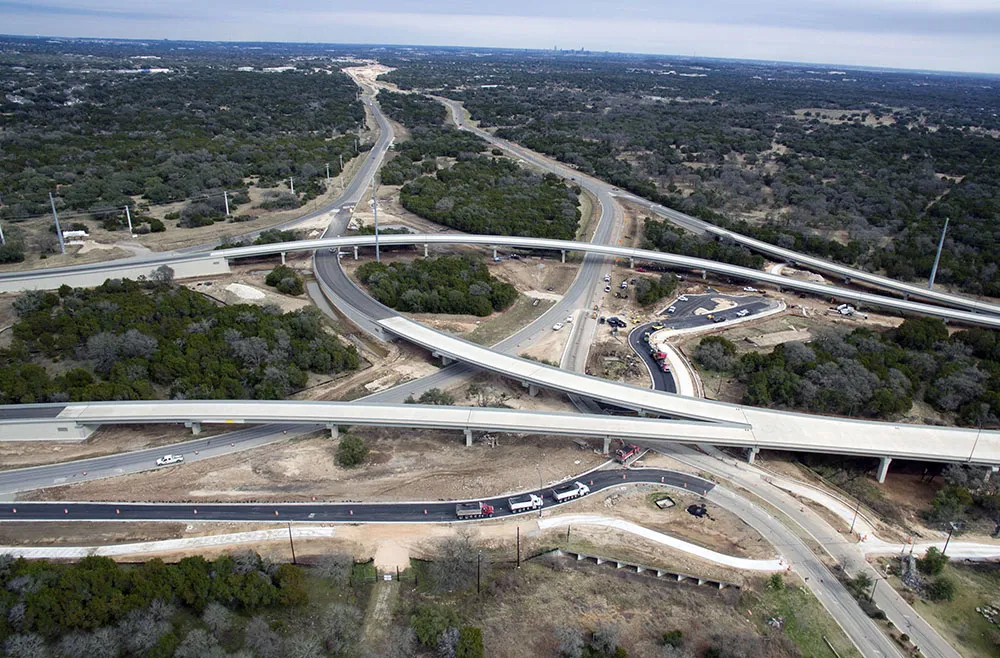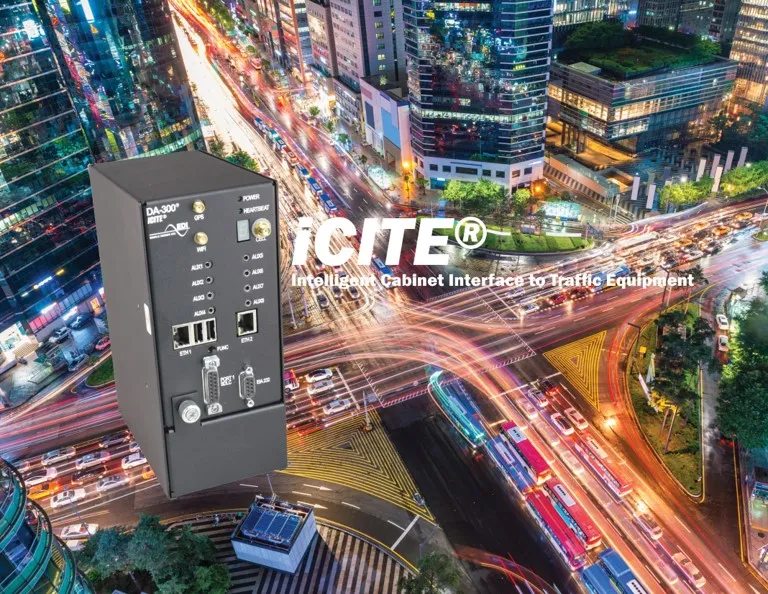McCain, a leading manufacturer and supplier of ITS, traffic control equipment and parking guidance solutions, has been awarded a one-year purchase order contract for intelligent traffic signal cabinets from the city of Austin, Texas. Seeking a solution that would address the challenge of running closely spaced intersections in an efficient, safe, and synchronised manner, city traffic engineers made the strategic decision to move to an ITS cabinet platform. McCain's 342 ITS cabinet's advanced design and ampl
April 26, 2012
Read time: 2 mins
Seeking a solution that would address the challenge of running closely spaced intersections in an efficient, safe, and synchronised manner, city traffic engineers made the strategic decision to move to an ITS cabinet platform. McCain's 342 ITS cabinet's advanced design and ample number of load switches, 28 in this case, meet such unique requirements. Its modularity also allows assemblies to be interchanged, providing state-of-the-art control for a variety of ITS applications, the primary reason Austin selected the cabinet.
The 342 ITS cabinet design combines the 'rack-mounted assembly' concept from 170-style traffic equipment with the 'serial bus communication' concept from NEMA TS2, and features two 14-pack output files. The sophisticated Cabinet Monitor Unit (CMU-212) allows monitoring for up to 28 physical load switch channels (RYG), plus four virtual channels for a total of 32 channel capacities. Surge suppressors protect each detector loop and signal power cable coming in and out of the cabinet, while sensitive electronic equipment is protected by a plug-in surge suppressor. Importantly, the 342 ITS cabinet footprint matches that of a 332 cabinet, making upgrades a very easy process.
"We're glad we can supply a solution that will successfully address the city of Austin's intersection needs, especially their unique desire to run closely spaced intersections," said Travis Bryant, Texas contractor sales at McCain. "The 342 cabinet not only meets all ITS cabinet specifications, it also features enhancements and improvements required by the agency."







